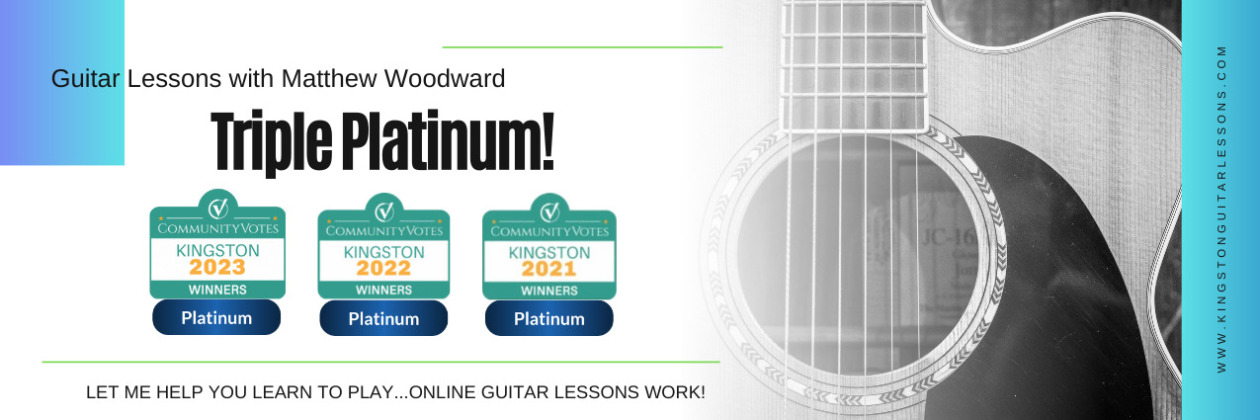Time to use your imagination!
When I use a star map to seek out constellations in the night sky I often wonder what drugs might the ancient Greeks have been on, for them to be able to see a star formation such as this one…

…and then imagine it to represent a lovely ram, such as this:

However, such hallucinatory flights of fancy eventually became go-to memory aids for such important tasks as navigation and predicting the change of seasons.
Much like the early astronomers, we guitarists also mentally “connect the dots” of chords, scales and arpeggios, often thinking of them as memorable “shapes”. It’s a big part of how we store and recall information we’ve acquired. We discuss scale “patterns”, chord “forms”, speak of harmonic intervals and even represent sounds as capricious black birds that play upon the five horizontal wires of the music staff.

The imaginative process is, of course, different for every player, but as a veteran guitar instructor I can easily spot a student who isn’t really seeing the “big picture”, due to what usually has to do with a simple oversight on their part. With this post I hope to shed some starlight 😉 on how I “see” chords when I look down upon my fretboard.
This common (yet understandable) error made by beginning guitarists has to do with the personal mental image or concept that they have created in their mind for each of the various “forms” of the simple open position “Cowboy Chords” (here I’m referring to the Major chords E, A, D, G, C, and the Minor chords Em, Am and Dm).

Most players build their chord vocabulary by studying “grids” (such as the one pictured above, for Fadd9) which show where their fingers should be placed on the different strings. We memorize these “fingering forms” and add more and more of them to our trick bag as we progress. However, if a player’s concept of the chord includes only the locations for each of his or her fingers, it can lead to confusion for them when they advance into playing chords higher up the fretboard.
One must form a mental picture that includes ALL of the notes within the chord.
For example, if you look at this chord grid, depicting the fingering of an E Major chord:

and see only this…
![]()
You might, like those ancient Greeks, be led to connect the dots and imagine a constellation that looks something like this:

If that’s the case, then there are clouds in your sky. This chord includes THREE OPEN STRINGS as part of its form – and each of these is sounding its own musical pitch that must included in your mental “picture” of the chord. I see an E Major chord more like this, and try to encourage students to adopt this visualization:

Notice that MY concept of the chord has expanded to include those three other “stars”. The bottom star is one that should definitely not be omitted, as it is the root note of the chord!
Now, to see if you understand this ancient ol’ mind, I present to you all of the COWBOY CONSTELLATIONS. See if you can figure out which chords they represent. If you can, then you’re on the right track.
Or maybe I’m as wacko as those ancient Greeks! 🙂









If you enjoyed this little mental workout, please share it with others. I won’t mind that one bit.
Let that be a lesson to you. 😉
Want to learn MORE?
Stuck indoors? Click Here!
© 2023 Matthew Woodward


